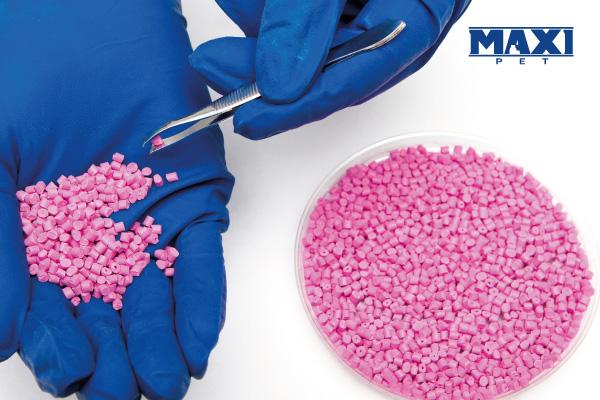Importance of plastics and resins

Plastics and resins are used today for many activities and many items of daily life. The vast majority of things we come into contact with are made of these materials. These synthetic substances, also known as polymers due to the process they go through, have unique qualities that those highly requested, are generated from oil.
To achieve the manufacture of this type of article as well as its use in various applications, plastics and resins must go through a process; small pellets or pieces of raw material are heated until they melt, it can be by injection or blowing, depending on what you want to manufacture. The viscous resin passes through a mold that gives it the desired shape, later when it has cooled and hardened it is released.
What kind of plastics and resins exists?
PET can be considered the most widely used plastic resin in the world, a large part of its use is intended for the manufacture of containers and bottles for various industries, mainly for the food sector.
It is followed by HDPE, another resin with properties similar to those of PET but more resistant, which is why it is used in many applications for construction and in containers for the chemical or agrochemical industry. PP, for its part, is used in the manufacture of caps for containers, textiles, vehicle parts, and sheets.
Why are these plastics and resins used?
The reason is related to the qualities they offer, in the first place, it is very easy to work with this type of raw material because at a certain temperature it can be easily molded and they are relatively cheap, compared to materials such as metal and steel. glass, as well as its weight. In addition to this, they are very resistant to changes in temperature, impact, and corrosion, they are also waterproof and electrical insulators.
Among their deficiencies can be considered that they are not easily degradable, which has caused an increase in plastic pollution worldwide, however, the different actions undertaken to support sustainability have managed to reduce their impact. The correct separation of these types of materials is very important so that they can be recycled, that is one of the most practical advantages that plastics and resins present.



